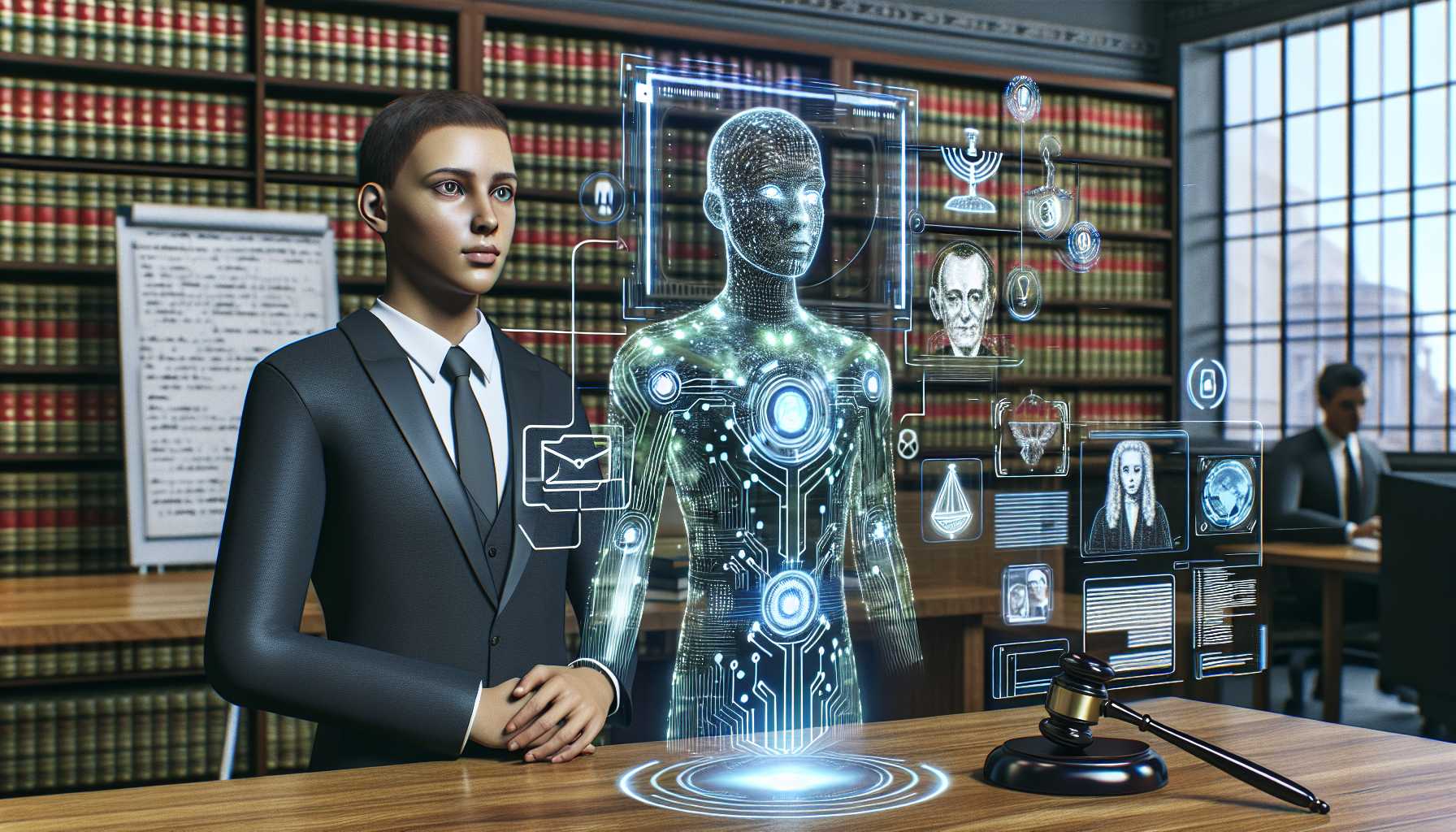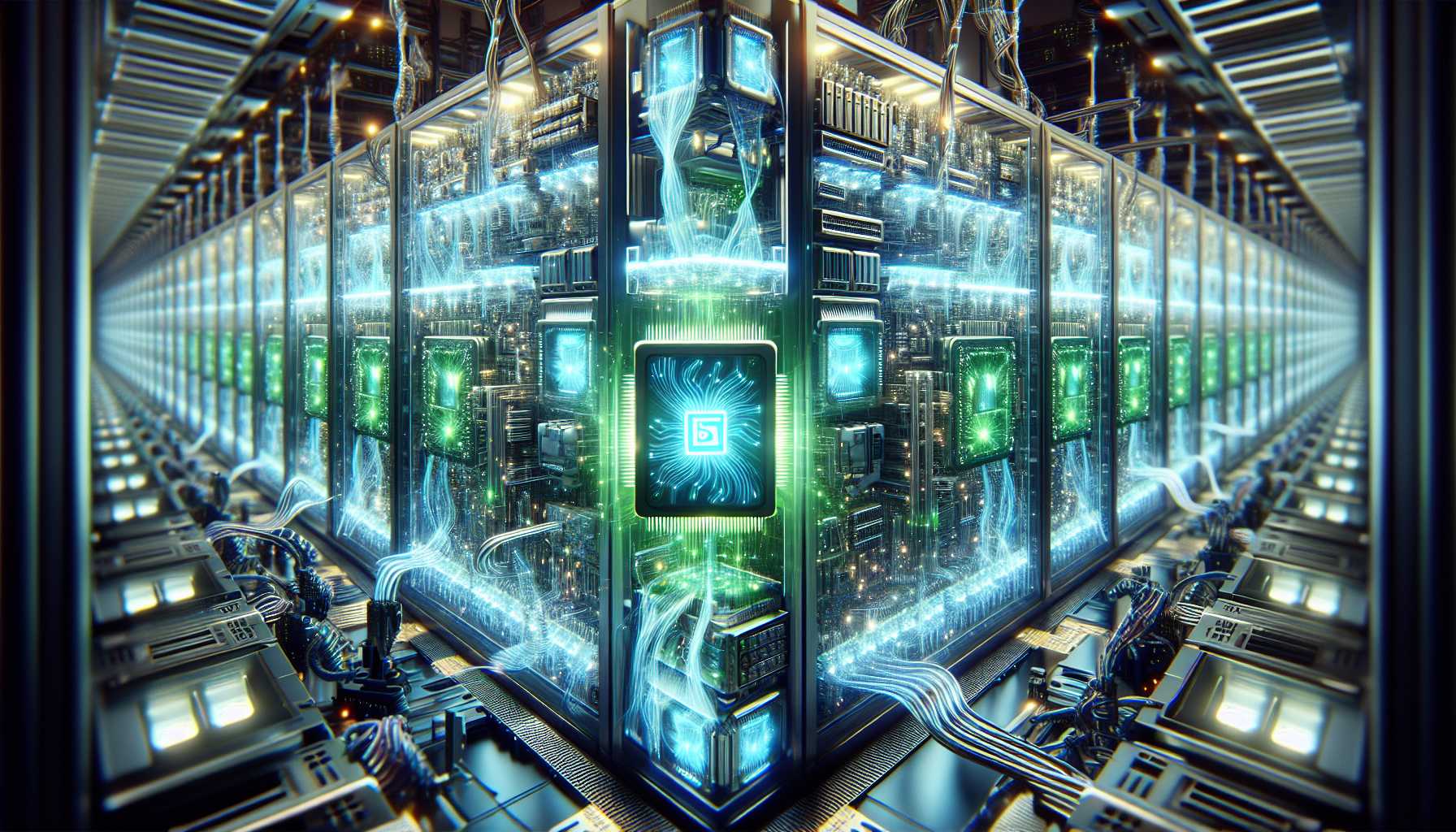Generative AI in Healthcare: A Promising Future or a Mirage?
Imagine a world where your healthcare experience is as personalized as your Spotify playlist. This is the future promised by the proliferation of generative AI in healthcare. Big names like Google Cloud, Amazon’s AWS, and Microsoft Azure are banding together with nimble startups to redefine patient intake, analyze health determinants, and potentially shorten those pesky wait times.
Yet, is this digitized utopia ready for the spotlight, or is it just tech’s next mirage?
Generative AI’s entrance into healthcare is like watching a precocious child prodigy tackling a Rubik’s Cube; it’s impressive but not without its fumbles. In the quest to make appointments as easy as booking a ride on Uber, we’re seeing cutting-edge AI tools being tailored to the vast landscape of medical data. These innovative partnerships are carving pathways into personalizing patient experiences like never before.
But let’s not break out the champagne just yet. As with any prodigy, there’s a learning curve. Patients and healthcare professionals alike acknowledge the budding potential of generative AI, but they’re also tossing a healthy dose of skepticism into the mix. A Deloitte survey whispers a cautionary tale: merely half of U.S. consumers believe generative AI can enhance healthcare, and even fewer dare to dream it’ll make it more affordable.
Andrew Borkowski, AI bigwig at the VA Sunshine Healthcare Network, is throwing an even harder punch, challenging the readiness of generative AI, given its current limitations and efficacy concerns. Consider this: ChatGPT, the poster child of OpenAI’s generative chatbots, flunks diagnosing pediatric diseases 83% of the time. It’s like having a smart home device that misinterprets “Play some cool jazz” as “Order two dozen saxophones.” Sure, it’s funny until it’s about your health.
Generative AI tools also stumble over administrative chores, a crucial cog in the healthcare machine. They’re hitting a 35% error rate in summarizing health records – not the kind of odds you want when dealing with your medical history.
Yet, before you write-off generative AI as a pipe dream, consider its potential in medical imaging. Remember CoDoC? No, it’s not a new TikTok dance. It’s an AI system that can outwit medical specialists in certain diagnoses, aiming to slingshot clinical workflows into the future. Then there’s Panda, the AI from a Chinese research team that’s spotting pesky pancreatic lesions with impressive accuracy. These nuggets of progress keep the dream alive.
Here’s the rub, though: as generative AI in healthcare finds its feet, the terrain is riddled with ethical landmines and regulatory quicksand. Privacy, security, and trust are non-negotiable tenants of healthcare, yet they’re precisely where AI faces its stiffest tests. Can we truly harness generative AI to serve as a digital Hippocrates, or are we opening Pandora’s box just a smidgen too soon?
Decoding Draftboard: The Talent-hunting Game-changer?
Picture the scene: an army of referrers, or ‘scouts,’ elbow-deep in their contact lists, all looking to score the perfect job match and snag a sweet referral bonus from Draftboard. But wait, isn’t this just fancy headhunting in a hoodie?
Apparently, Zach Roseman, former CEO of mobile app dev group Mosaic, doesn’t think so. Draftboard’s co-founder believes they’re democratizing the job hunting process, allowing anyone and their dog (okay, maybe not their dog) to unearth talent for companies swamped with resumes.
Draftboard is like Tinder for job matchmaking, but with the promise of cold, hard cash if you can swipe right on the perfect candidate. And don’t worry about oversaturation; a scoring system ensures only the cream of the crop scouts remain in play.
While it sounds like a reality TV show waiting to happen, it’s got some serious backing, and brands like SeatGeek and Via are on board. With $4.1 million at a $13 million valuation, Draftboard might just be onto something. It’s an ambitious plan to disrupt traditional recruiting, and if it achieves half the drama of an episode of “Survivor,” we’re in for an entertaining ride.
Lawhive Buzzes into Main Street Legal Tech
Lawhive is the new legal tech whiz kid on the block, empowering the oft-overlooked main street law firms with an AI arsenal. This isn’t your grandfather’s legal practice, with piles of paper stacked to the ceiling. Lawhive is doling out digital wizardry that summarizes documents, speeds up onboarding, and even passes exams – their AI aced the Solicitors Qualifying Examination with colors that could make Harvard blush.
Pierre Proner, CEO and co-founder, is peering through the looking glass at a legal landscape where smaller firms are no longer outgunned by the big legal eagles. Thanks to a cool $11.9 million seed round, led by Alphabet’s Venture Capital arm, GV, Lawhive’s vision may just bypass the trials and head straight to legal tech triumph.
OpenAI Plants Its Flag in Japan
Kindly say “Konnichiwa” to OpenAI’s newest outpost in Tokyo. Why Japan, you ask? Well, CEO Sam Altman sees a kindred spirit in Japan’s harmony between humans and technology. Opening an office in the land of the rising sun isn’t just a cultural hat tip – it’s a strategic pounce on a land ripe with opportunity and futuristic robots.
What’s more, OpenAI isn’t just exporting its cool Californian vibes overseas; it’s molding its AI capabilities to resonate with the local lingo and nuances. A GPT-4 model optimized for Japanese is like giving Godzilla a pair of reading glasses – it enables laser-focus in tackling tasks traditionally reserved for weary human customer service reps.
The move has big implications for OpenAI’s growth, not to mention how it snuggles into global conversations about AI’s impact and governance. With Tadao Nagasaki, an AWS veteran, at the helm, this new extension is more than ready to surf the enormous waves of Japan’s AI potential.
Chips Ahoy: Nvidia and Marvell Tech Power AI Revolution
In the silicon-studded arena of AI, Nvidia and Marvell Technology emerge as titans, armed with chips faster than a speeding bullet (or at least capable of handling your binge-watching habits). Nvidia, controlling a mighty 80% of the AI chip market, is not just resting on its laurels – it’s innovating like its chips depend on it. Their latest brainchild, the Blackwell GPU-based platform, is a behemoth with 208 billion transistors poised to electrify generative AI’s demands.
Marvell Technology, meanwhile, is feeding the data center frenzy with a 54% year-over-year growth in that sector alone. With AI revenue topping $200 million, Marvell is unapologetically sprinting towards a silicon-soaked future where data centers are sleek, sophisticated, and overwhelmingly smart.
This silicon surge isn’t just hyperbolic tech banter; it’s the pulse that’s setting the tempo for the economic crescendo that AI promises to deliver. With predictions of AI potentially pouring trillions into the global economy, Nvidia and Marvell are placing their bets and doubling down on a future where chips are not just for snacking.
Final Thoughts
The tech landscape is a thrilling ride of ups and downs, full of pioneers dreaming up the future, one algorithm at a time. From reshaping healthcare with generative AI to the wild west of talent scouting platforms and the heart of the AI-driven legal world, the horizon is teeming with possibility.
Silicon-powered giants are the backbone of this brave new world. Each chapter of innovation weaves a complex, fascinating tapestry of a future that’s exciting to anticipate. What stands out here is not just the relentless march towards a digital dawn, but the careful orchestration of talent, ethics, and vision required to make these revolutions meaningful and, above all, humane.
As we dance on the precipice of these seismic shifts, let’s remember that technology’s true power lies in its ability to enhance, not overshadow, the human experience.





